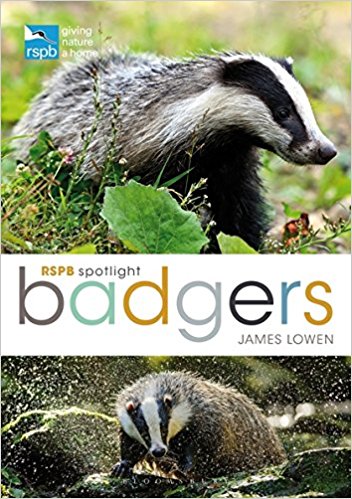 |
TB or not TB? That is the question

The Independent - 13th April 2001
By Sanjida O'Connell
In the countryside, a new cull is about to start. This time it's badgers.
But will their deaths really help eradicate bovine TB?
The fields of Britain are scarred with the funeral pyres of livestock and the
burial pits of animals culled to stem the spread of foot-and-mouth disease. Next
month, another culling operation is scheduled to start, this time among the
country's badger population. The Ministry of Agriculture, Fisheries and Food
(Maff) plans to kill between 12,000 and 20,000 badgers as part of a research
programme aimed at eradicating bovine tuberculosis (TB).
Such a culling programme may seem insensitive at this point, but it was
planned long before the current outbreak of foot-and-mouth. It is not understood
how cattle are infected with TB, but the Krebs Report, commissioned by Maff and
published in 1997, found "compelling evidence that badgers are a significant
source of infection". The Government is initiating the cull as a way of testing
whether removing all the badgers in an area will eliminate TB.
But the culling programme is highly controversial. The criticism ranges from
Dr Elaine King, conservation officer for the National Federation of Badger
Groups, who claims the cull is "a grandiose futile exercise", to Tony Banks, the
animal-loving MP. "Like a lot of things at Maff, killing badgers seems to be
based more on voodoo than science," Mr Banks told the Commons this week.
Around 1,500 cattle are thought to be infected with bovine TB in the UK every
year. In Ireland, between 30,000 and 40,000 cattle are removed and disposed of
annually at a cost of about some Ir£60m (£50m).
TB has infected humans since pre-biblical times. It can be passed from cattle
to humans through infected milk. The causes of TB, Mycobacterium tuberculosis in
humans, and M. bovis in animals, were first identified at the end of the 19th
century and the disease has since declined in developed countries. In recent
years, however, cases of TB have begun to rise again, exemplified by outbreaks
such as the recent one among children at The Crown Hills Community College in
Leicester.
Throughout the rest of the developing world, TB infects up to a third of the
population and accounts for three million deaths a year. New drug-resistant
strains are now surfacing and since 1993 the World Health Organisation has
declared TB a global emergency.
The UK is free of bovine TB, apart from some areas in the South-west,
according to the Veterinary Laboratories Agency, at Weybridge in Surrey, which
conducts research into bovine TB on behalf of Maff. The disease in these areas
is largely attributable to endemic infection in wildlife.
.......
For more information, please select the following link:
| RSPB Spotlight on Badgers book |
 |
James
Lowen explores the lives of badgers and their communal
living, feeding habits and threats to their conservation. Click
here to buy:
Paperback edition
Kindle edition
|

| External News |
|
We have provided links to stories from external news
organisations so you can follow the media interest in badgers, and see who
writes on the subject. We do not endorse external authors. |
 |
|
